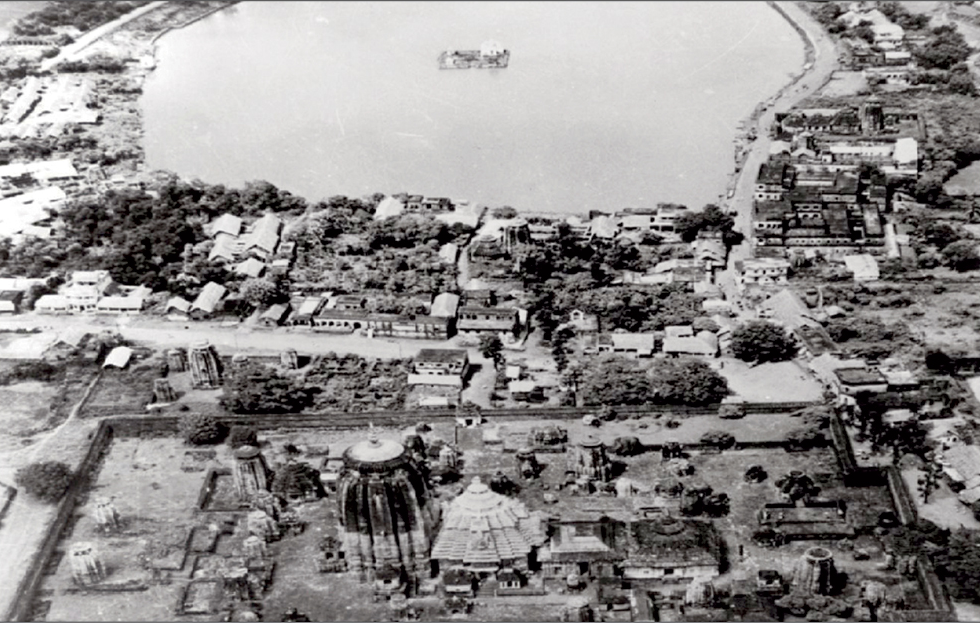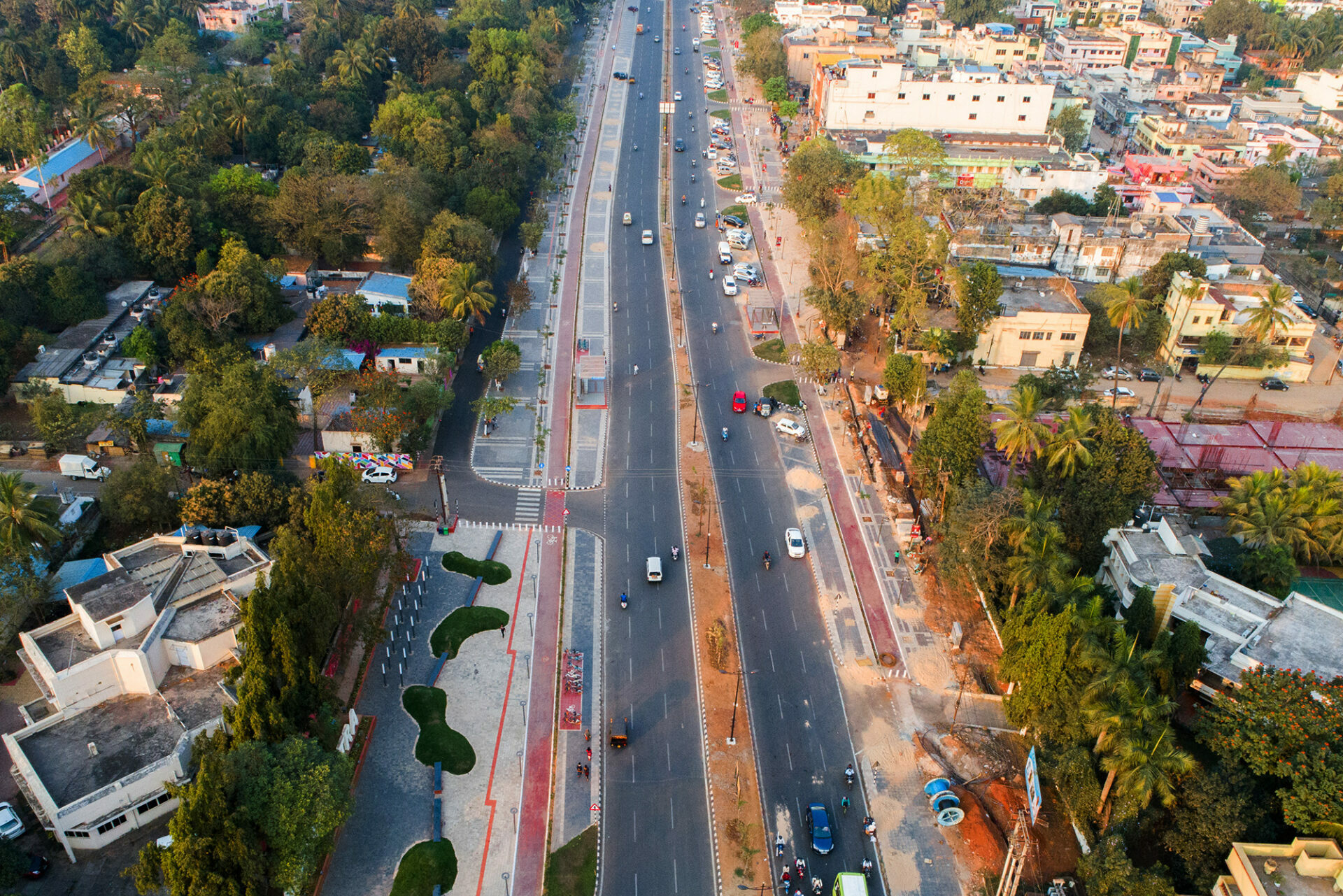
The Super Cyclonic Storm of 1999 that caused immense destruction in Odisha reminds us that Indian seas are the deadliest basins for formation of sever cyclones. Phailin was the strongest tropical cyclone that ever made landfall in India after this. Nevertheless, destruction in terms of life and property was negligible in comparison to the former cyclone. In the recent past, technical improvement, early warnings, regular tracking and monitoring gives enough time for mitigation of damage to life and property. In wake of Phailin, 550,000 people were evacuated from coastal areas of Odisha and Andhra Pradesh.
Every year 10% of tropical storms across the world appear in the north Indian Ocean and on an average 5 to 6 of them become tropical cyclones. The yearly ratio of cyclones building up in the Bay of Bengal and the Arabian Sea is 4:1 as the latter is relatively much cooler.
Cyclones originating in Arabian Sea
The western part of Arabian Sea is cooler and thus, not conducive for growth of cyclones. Gujarat is the main pocket to get threatened from the Arabian Sea and witnesses about 70% of the cyclones. 10% of them hit Maharashtra coast while rest of them drifts away to Oman or Pakistan.
Cyclones originating in Bay of Bengal
Bay of Bengal is more prone to intense cyclones with 65% of them striking the Indian coast and 25% drifting away to Myanmar or Bangladesh. 10% of Cyclones dissipate into the sea due to cold waters, strong wind shear or if they come in proximity to the equator.
Odisha and Bengal bear the brunt of cyclones in October, Andhra Pradesh in November and Tamil Nadu in December.
Courtesy: SkyMetWeather



What Do You Think?